Thung Dok Bua Tong at Doi Mae U-Kho – Golden Bloom Guide

Scientific Overview
Nestled within Thung Bua Tong at Doi Mae U-Kho, this vast field sits at approximately 1,600 meters above sea level and spans more than 500 rai (about 80 hectares). It is regarded as the largest natural Mexican sunflower field in Thailand.
The blossoms here are Mexican Sunflowers, also known as Tree Marigold (Tithonia diversifolia), originally from Latin America. Introduced to Thailand decades ago, they have now become an iconic winter spectacle, covering the mountain slopes in golden yellow during the cool season.
The flowers typically bloom at their fullest from mid to late November, lasting for only about two weeks before gradually fading in early December.
History and Local Beliefs
Following World War II, Christian missionaries from the New Tribe Movement introduced the Mexican Sunflower to the hills of Khun Yuam District as part of a reforestation initiative to restore areas damaged during the war. Over time, these flowers spread widely and transformed the mountain landscape into the breathtaking yellow panorama we see today.
The local community now celebrates an Annual Bua Tong Bloom Festival, featuring an official opening ceremony, cultural performances, and traditional rituals such as a “Bua Tong Blessing” to welcome visitors. Ethnic groups such as the Hmong and Karen participate, showcasing dances, music, and handicrafts.
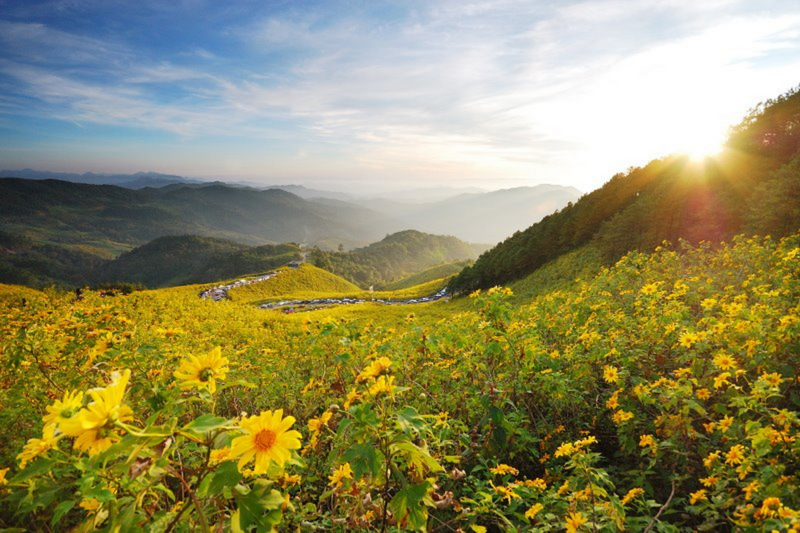

Travel Highlights & Atmosphere
- Panoramic Viewpoints:
The mountaintop viewing platform offers a 360-degree panoramic view — perfect for capturing the rolling sea of golden flowers, misty valleys at dawn, and the warm golden glow of sunsets. - Atmosphere by Time of Day:
- Morning: Gentle mist weaves through the valleys as the first rays of sunlight illuminate the flowers.
- Evening: The setting sun casts a soft golden-orange light over the hills, creating a romantic landscape.
- Night: The air turns cold, with temperatures dropping to 1–4°C, making it ideal for camping under a starry sky.
Facilities & Community Involvement
- The site offers a large camping ground (around 100 tents), rental tents, restrooms, parking, and a windmill installation for extra photo spots.
- During the festival, local villagers set up stalls selling OTOP products and regional foods, supporting the livelihoods of the Hmong and Karen communities.
Best Time to Visit
The peak bloom happens mid–late November, but some flowers may start blooming in early November. The vibrant phase lasts for about two weeks only, so planning your trip within this short window is essential.


Getting to Thung Dok Bua Tong at Doi Mae U-Kho
- Location: Moo 6, Mae U-Kho Subdistrict, Khun Yuam District, Mae Hong Son Province.
- Distance: Around 25 km from Khun Yuam town and about 80 km from Mae Hong Son city.
- Transport: Visitors can drive or hire a yellow songthaew (local shared truck) for a round trip. A local driver named Uncle Ren (Tel: 086-184-8685) is known for providing transport services.
- The road is winding, with many curves — a signature of the Mae Hong Son route, famous for its 1,864 bends.
| Category | Details |
|---|---|
| Location | Doi Mae U-Kho, Mae Hong Son Province |
| Flower Type | Mexican Sunflower (Tithonia diversifolia) |
| Historical Origin | Introduced post-WWII by missionaries for reforestation |
| Blooming Season | Mid–late November (full bloom ~2 weeks) |
| Highlights | Golden mountain carpet, 360° viewpoints, misty mornings, golden sunsets |
| Facilities | Camping area, restrooms, parking, local market |
| Community | Hmong & Karen cultural involvement |
| Travel Tip | Limited bloom period, plan early |
Nearby Attractions
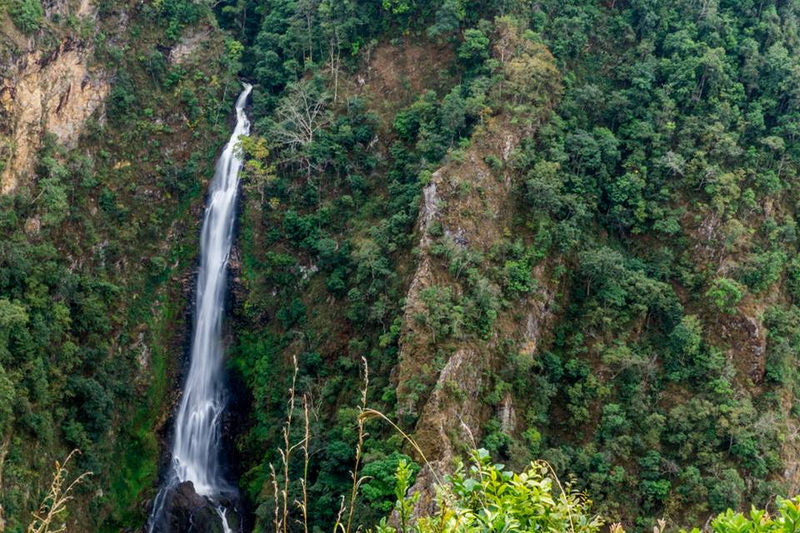
Namtok Mae Surin National Park
Just a short drive from the sunflower fields, this national park is home to the stunning Mae Surin Waterfall. The waterfall cascades gracefully down a towering cliff face, surrounded by lush, green forest. It’s an excellent spot for nature walks and offers a refreshing contrast to the vibrant yellow flowers.
Located near Mae Hong Son town, this natural hot spring is a perfect place to relax and unwind after a day of exploring. The area features several bathing pools where you can soak in the warm, mineral-rich water, which is believed to have therapeutic properties.

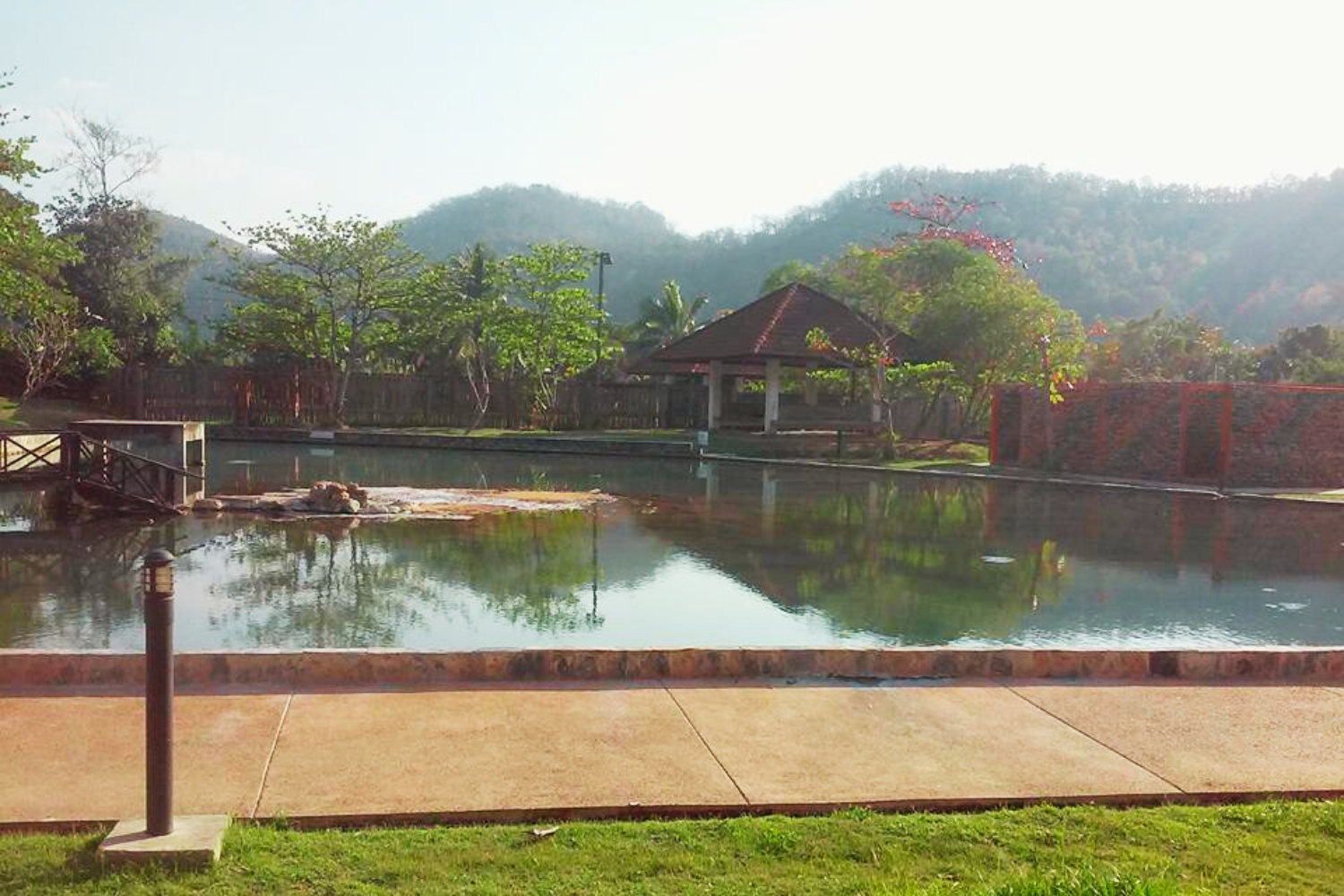


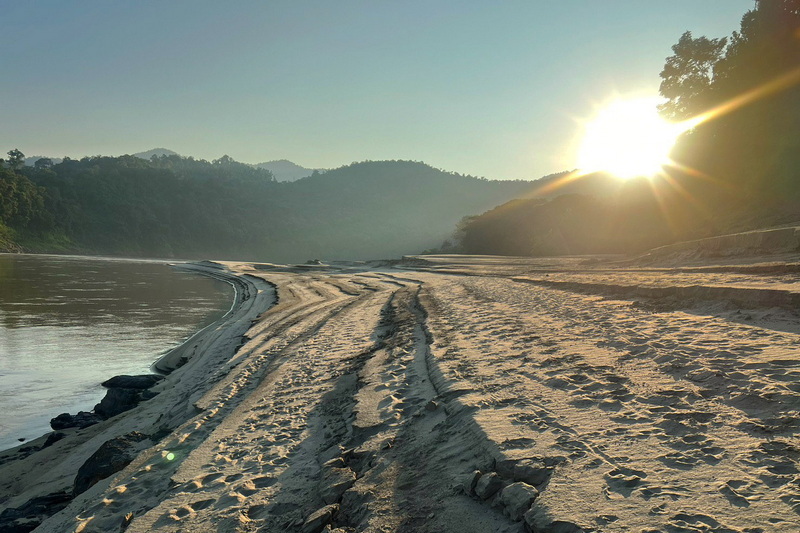
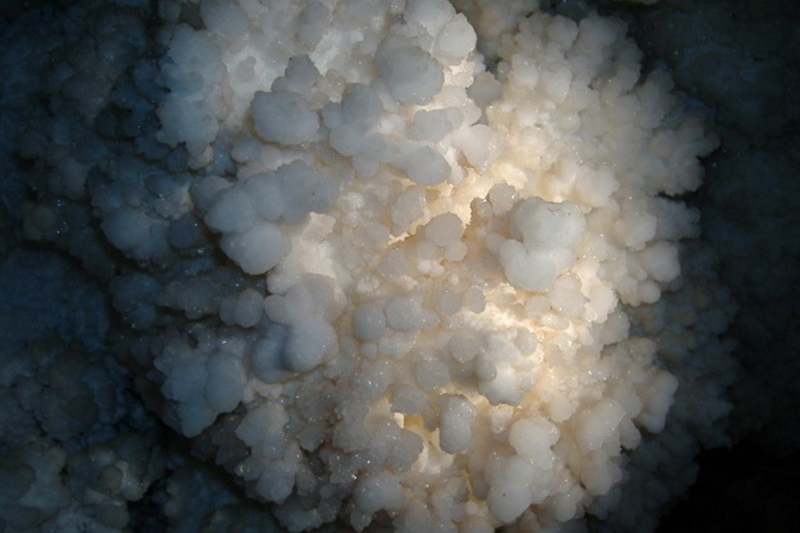
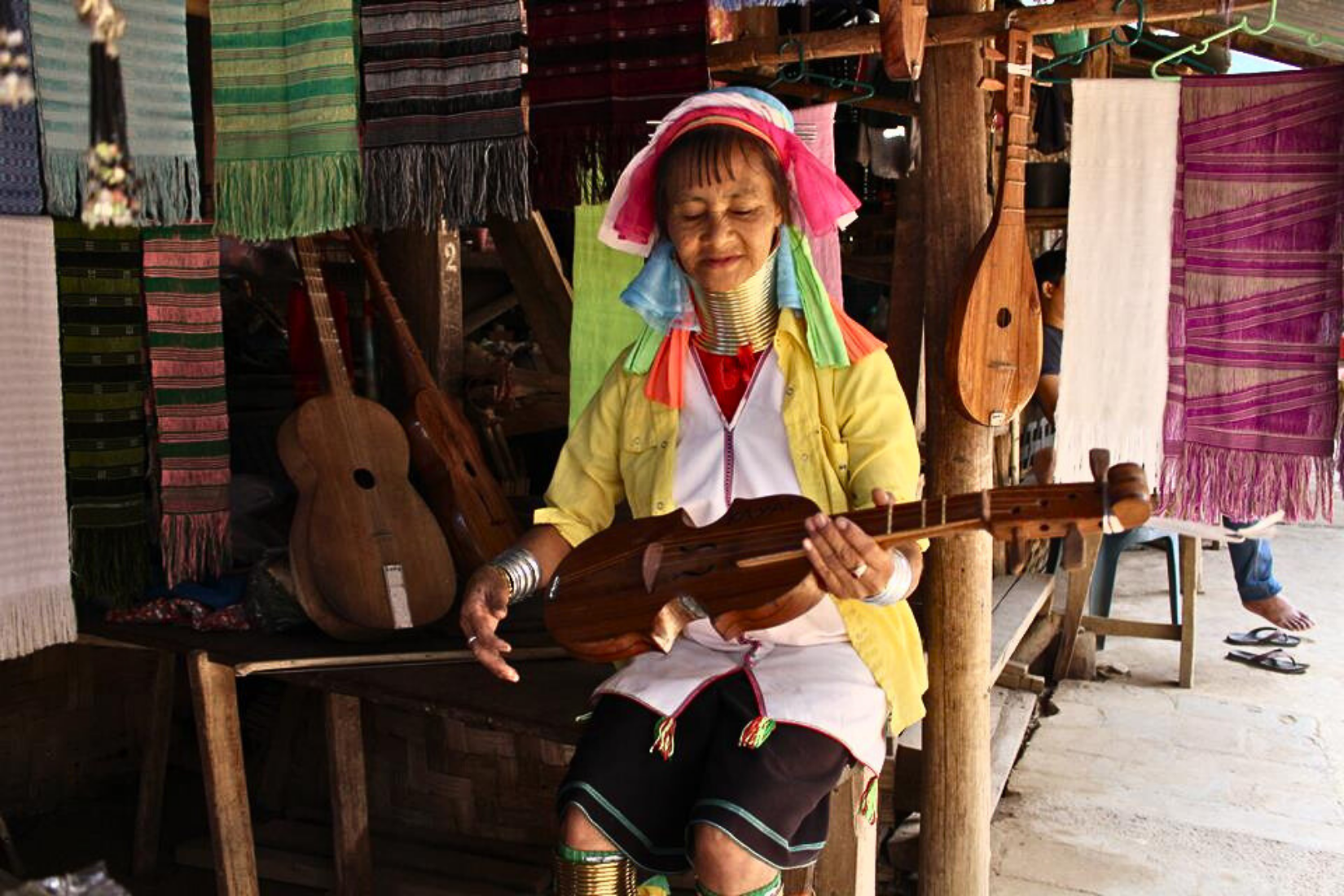
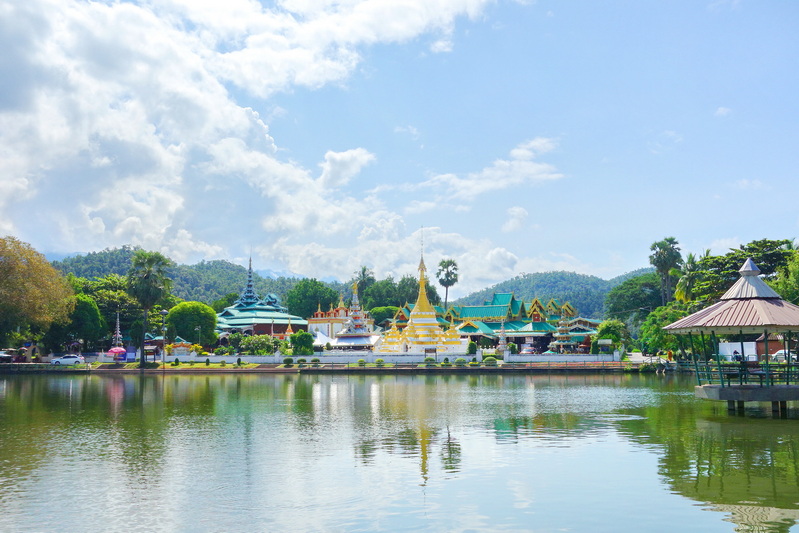






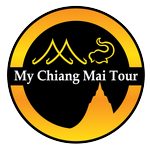
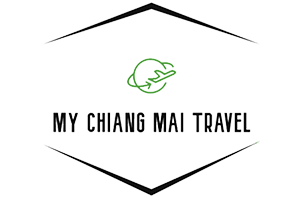





Leave A Comment